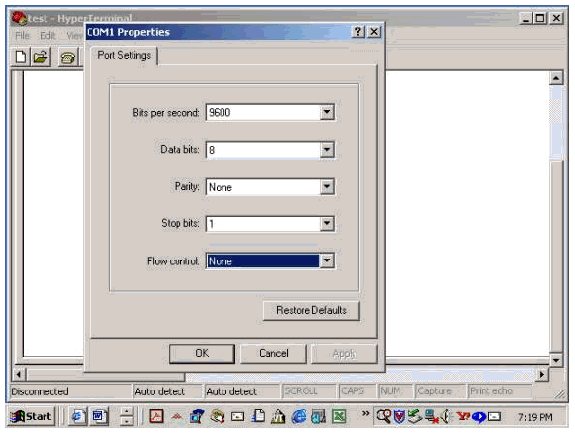Windows Serial Terminal Emulator
Configuring Serial Terminal Emulator PuTTY must be configured to communicate with the pfSense appliance. In order to do so, you must first know what COM Port your computer has assigned to your serial port.
Even if you assigned your serial port to COM1 in the BIOS, Windows may remap it to a different COM Port. To determine this, you must open Windows Device Manager and view the COM port assignment.
Windows Hyperterminal
Open PuTTY and locate the Session display as shown. Set the COM Port to that which is displayed in Windows Device Manager and the Speed to 115200. How to open rar files free. Match the COM Port with what was reported in Windows Device Manager. We will use COM4 for this example. The pfSense appliance serial port speed is 115200 bits per second.

The speed of the BIOS and the speed of the console must match so change the speed in PuTTy to 115200bps. Select Serial as shown and configure the COM Port and Serial Speed as displayed. Select Open and the conolse screen will be displayed. Connect a USB Cable Next, locate an appropriate USB cable. The type of cable required for the serial console has a USB Mini-b (5-pin) connector on one end and a regular USB (Type A) plug on the other end.
These cables are commonly used with smaller USB peripherals such as GPS units, cameras, and so on. Attach the USB cable between a workstation and the system. Gently push the Mini-B plug end into the console port on the system and connect the USB type A plug into an available USB port on the workstation. Launch a Terminal Program Use a terminal program to connect to the system console port. Is a popular terminal program that is available on various operating systems. Some other choices of terminal programs: • Linux: screen, PuTTY, minicom, dterm • Mac OS X: screen, ZTerm, cu • Windows: PuTTY, SecureCRT, Do not use Hyperterminal • FreeBSD: screen, cu The settings to use within the terminal program are: Speed: 115200 baud Data bits: 8 Parity: none Stop bits: 1 Flow Control: Off or XON/OFF. Hardware flow control (RTS/CTS) must be disabled.